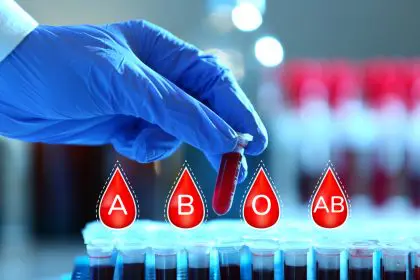 Simple household vinegar has proven to be a cost-effective tool in fighting cervical cancer. Developed by experts at Johns Hopkins Medical School in the 1990s and endorsed by the World Heath Organization last year, the procedure has done for poor countries what Pap smears did for rich ones: end the reign of cervical cancer as the No. 1 killer of women.
Simple household vinegar has proven to be a cost-effective tool in fighting cervical cancer. Developed by experts at Johns Hopkins Medical School in the 1990s and endorsed by the World Heath Organization last year, the procedure has done for poor countries what Pap smears did for rich ones: end the reign of cervical cancer as the No. 1 killer of women.
Of the 250,000 women who die of cervical cancer each year, nearly 85 percent of them are in poor and middle-income countries. Once the No. 1 killer of American women, it now lags behind other cancers such as lung, breast, colon and skin.
Nurses in poor countries simply brush white vinegar across the cervix. Precancerous spots turn white and can be frozen off with a metal probe cooled using a tank of carbon dioxide, the type that can be purchased from soda bottlers. This is but one procedure that is being tested in developing countries that lack state-of-the-art or second-tier labs. Without this medical system infrastructure, results can take weeks. A Pap smear requires scrapping cells off of the cervix and sending them to a lab for a pathologist to review. Living in a remote or distant area prevents women from returning to have precancerous cells removed if a problem is found using a Pap smear.
The new low-cost procedure is known as VIA/cryo: visualization of the cervix with acetic (vinegar) and treatment with cryotherapy. Only one visit is needed and the diagnosis and treatment can be conducted by a nurse. According to the New York Times, the procedure reveals more pre-cancerous tumors than a Pap smear. However, it has more false positives as well, resulting in women getting cryotherapy unnecessarily. Freezing is 90 percent effective and can cause a burning sensation for up to two days. Biopsies, the old method, can cause bleeding. Over 20 countries have done pilot projects — including Ghana and Zimbabwe — using VIA/cryo.















